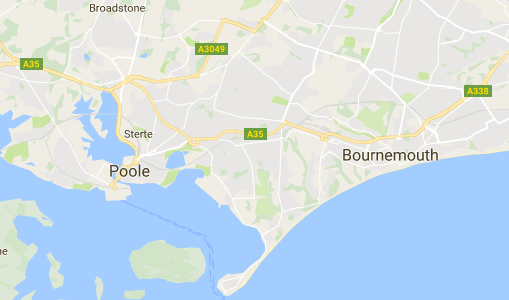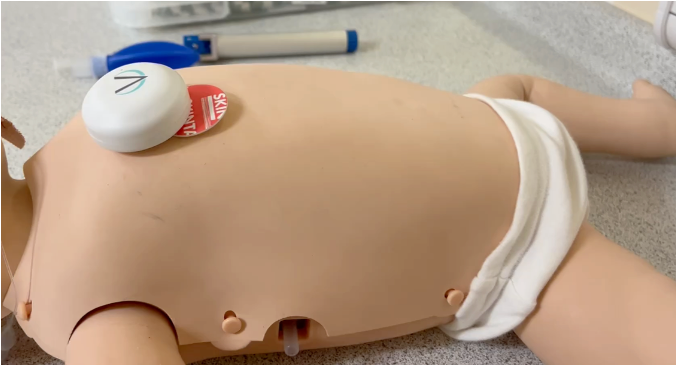Bournemouth and Poole both pick JAC for e-prescribing
- 15 September 2016

Two south coast trusts have picked a joint e-prescribing and medicines administration system in the lead-up to a possible second merger attempt.
The Royal Bournemouth and Christchurch Hospitals and Poole Hospital NHS foundation trusts have selected JAC’s EPMA, which will replace the largely paper-based prescribing system across both trusts.
It comes amid renewed merger talks between the two organisations under the area’s sustainability and transformation plan.
A previous attempt to merge was blocked by the Competition Commission in October 2013, but that hasn’t stopped the trusts moving closer digitally.
Peter Gill, director of informatics at both trusts, said that with other systems merging it made sense to use a single EPMA.
The most immediate benefit will be a reduction in the steps involved in ordering, which have required trust staff to move from paper, into the pharmacy’s electronic stock control system, also provided by JAC, and back onto paper.
Instead, the EPMA will communicate directly with the pharmacy system, which is also in the process of being linked across both trusts. The EPMA will also have new clinical decision support functions, such as adverse medication alerts.
Gill said the plan was to make this safeguard alert stronger over time by linking into other systems, starting with pathology, to reduce medicine errors. “The key thing is patient safety.”
Royal Bournemouth is also in the process of migrating away from its legacy EPR systems onto Graphnet’s CarecCentric, which is already used at Poole.
“The trusts work so closely together that they will have the same instance of EPR,” Gill said. The new EPMA should be viewable from both trusts from within Graphnet, with the system acting as a portal.
JAC chief executive Robert Tysall-Blay said the company was “excited to be awarded this contract which will not only improve care quality and patient outcomes but be instrumental in helping both trusts deliver on their local strategies, the Department of Health’s Five Year Forward View and the 2020 Personalised Health and Care plans.”
The purchase has been partly funded by Southern Local Clinical Systems programme, a central fund set-up for southern trust that missed out on new systems under the National Programme for IT.
It also comes as the Dorset’s are preparing to reorganise their health service under the STP, with a focus on “prevention at scale, integrated community services and acute networks, and a clinical services review”. The second attempted merger forms part of these efforts to improve service integration.
Sharing information across the two acute trusts could also soon be spread more widely across the area, with NHS Dorset Clinical Commissioning Group going to tender on shared care record in November last year. No immediate update on that tender was available before publication.
Gill said the new joint EPMA will have a “phased” deployment starting in the second half of next year.




